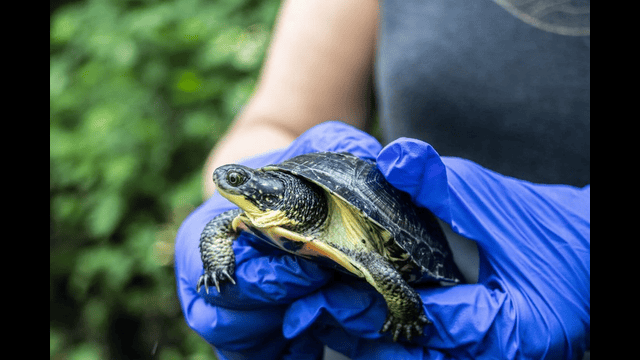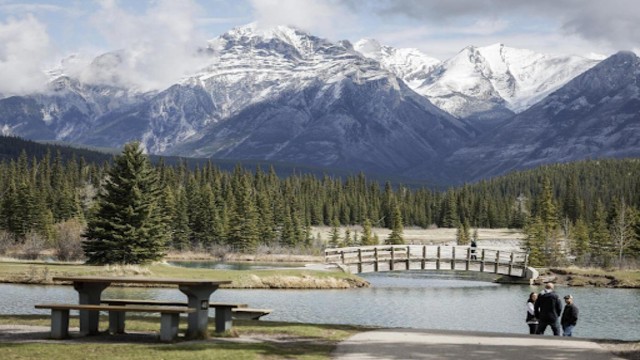
A Blanding's turtle is shown in this undated handout photo provided by the Toronto Zoo. THE CANADIAN PRESS/HO-Toronto Zoo
A fierce debate is heating up in Ontario over a controversial mining bill that could put vulnerable species on the path to extinction. The Toronto Zoo has raised alarms, warning the province that its newly proposed legislation may undo decades of conservation work.
A Threat to Ontario’s Natural Heritage
Bill 5, officially known as the Protect Ontario by Unleashing our Economy Act, is stirring backlash among conservationists. At a recent Queen’s Park committee hearing, Toronto Zoo CEO Dolf DeJong expressed deep concern over the bill’s potential to dismantle environmental safeguards.
He warned that if passed, the bill could accelerate biodiversity loss and severely impact endangered species across Ontario. “This bill could erase years of hard-won progress,” DeJong said. “It targets species your Toronto Zoo works directly to protect.”
Turtles, Bison, and a Fragile Balance
Among those species is the Blanding’s turtle—considered threatened in Ontario. The zoo, in partnership with Parks Canada, has released over 700 turtles into Rouge National Urban Park. These reptiles, though slow, cover up to six kilometres annually in search of nesting and hibernation spots.
“Disrupting their habitat could be disastrous,” DeJong stressed.
Another highlight of the zoo’s work is its wood bison conservation program. By collecting sperm and eggs from wild bison, the zoo has successfully produced disease-free calves. These clean embryos have been raised in Toronto and Saskatchewan and hold promise for future wild repopulation efforts.
The zoo’s biobank stores living cells—not just DNA—which are vital for species recovery. But such efforts may falter if habitat destruction increases under the new bill.
Sweeping Power, Shrinking Protection
The proposed legislation includes sweeping changes. It aims to speed up mining approvals by removing key environmental protections. The Endangered Species Act could be repealed. Critical habitat definitions would shrink to just nests or dens and nearby areas.
Even more concerning, the bill allows the government to override science-based decisions about species protection. It also proposes “special economic zones” where environmental laws may be suspended. The Ring of Fire in northern Ontario is slated to become the first such zone, prompting outrage from nearby First Nations communities.
In a shift from current rules, companies may not need permits to begin development—even if it risks habitats or at-risk species. Instead, a vague “registration-first” system is being proposed, giving the green light before proper review.
A Call for a Genetic Insurance Plan
The zoo is urging the government to fund a province-wide wildlife biobank as a safeguard. “If this bill moves forward, we need an insurance policy for our species,” DeJong said.
Chief science officer Gabriela Mastromonaco echoed the need for urgent action. “Without intervention, we face outright genetic loss,” she warned. “The populations are shrinking. Genetic erosion is real.”
Government Stands Firm
Premier Doug Ford defended the bill, saying it aims to strike a balance between environmental and economic goals. “We’ll always be conscious of the environment,” he said on Friday.
But critics aren’t convinced. With the stakes so high, the Toronto Zoo is standing firm—fighting to preserve the wild future of Ontario’s species before it’s too late.















